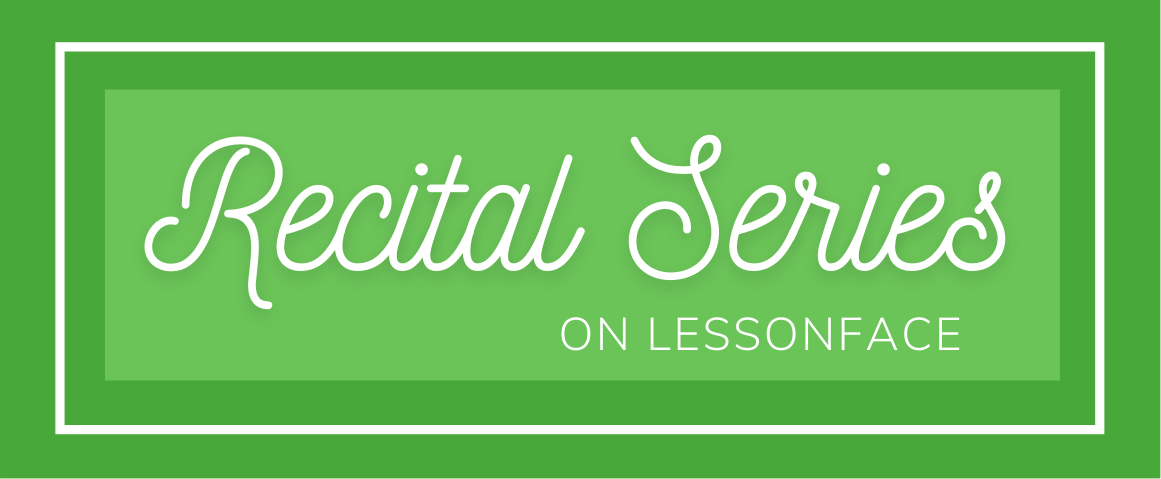What is a flamenco palo?
If you’ve started to scratch the surface of the extensive world of flamenco music, you may have noticed that a lot of ‘songs’ seem to have the same name. If you’ve bought a method book, it might contain several ‘Soleares’, ‘Tangos’, or ‘Bulerias’. You might listen to several guitarists’ recordings of ‘Tarantas’ or ‘Malagueñas’, yet each one seems like a completely different piece.
In reality, palos aren’t songs. They are styles of flamenco music. It’s a little like labeling music as a waltz, ballad, rag, rondo, or march. The title gives us information about the rhythm, mood, function, and possibly structure of the piece. The composer has a lot freedom within the guidelines of that style. The same way a waltz by Chopin sounds quite different from--yet shares a common thread with--a waltz by Tarrega, a 1970s recording of Bulerias by Paco Peña and Bulerias recorded in 2010 by Gerardo Nuñez are two different takes on the same palo.
The word ‘palo’ in Spanish literally translates to ‘stick’, but in the case of flamenco, think of it as a branch. Artistic flamenco scholars often represent the palos as a sort of genealogical tree, grouping palos with common roots together, and having the branches illustrate the diversification of flamenco music. Here are a few examples of flamenco genealogical trees (one, two, three) so you can get an idea.
As a beginning flamenco student, try to start to distinguishing palos from one another and find characteristics that unite sounds of a single palo. For example, Solea has a slow 12-count compás (rhythmic cycle), frequently employs variations of Phrygian scale (think of the famous descending Andalusian cadence of Am-G-F-E), and usually has a meloncholy mood. Tangos, in contrast, has an upbeat four-count rhythm and a lively, festive mood.
In a more complete flamenco context (with singing and dancing), the palo gives us even more vital information: it tells us about the ‘cante’ or flamenco singing. If a singer says he is going to sing ‘Solea’, he is referring to the melodies he will be drawing from. As guitarists, we may or may not know the lyrics being sung -- a singer can choose the words he or she wants to sing and adapt them to fit a certain melody. However, if we know solea well, we will recognize the melodies and know how to accompany them. Often the singer will provide even more detail and specify ‘Solea de Cádiz’, or ‘Solea Apolá’, which gives the guitarrist even more specific information about the melodies. Each palo also has certain traditional sounds that the guitarist uses to accompany the dancer’s footwork section, or ‘escobilla’.
Many beginning students often ask how many palos they need to learn. There are 10-15 palos that I would consider essential to really start to understand flamenco music. They include: Solea, Alegrias, Tangos, Tarantos, Bulerias, Solea por Bulerias, Fandangos de Huelva, Seguiriyas, Malagueñas, Granaína, and Abandolao. Palos like Farruca and Guajira are also fun for beginning flamenco players to learn. Once you’ve dabbled in each of these basic palos, though, you’re far from done! We never stop learning and growing in a certain palo. My solea repertoire today sounds a lot different from the solea material that I first learned (and from the solea that I teach to beginners), and it’s constantly changing and evolving.




